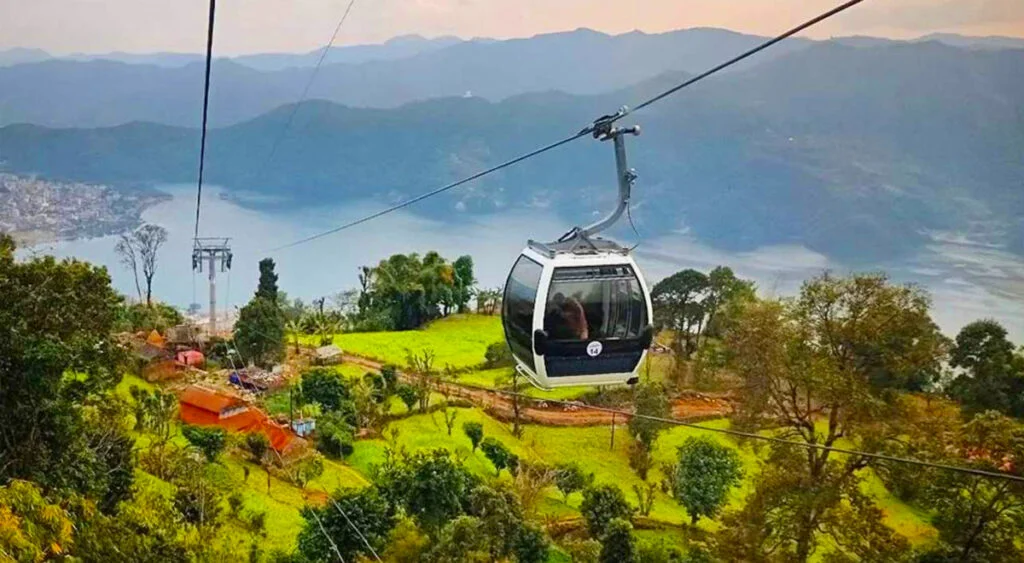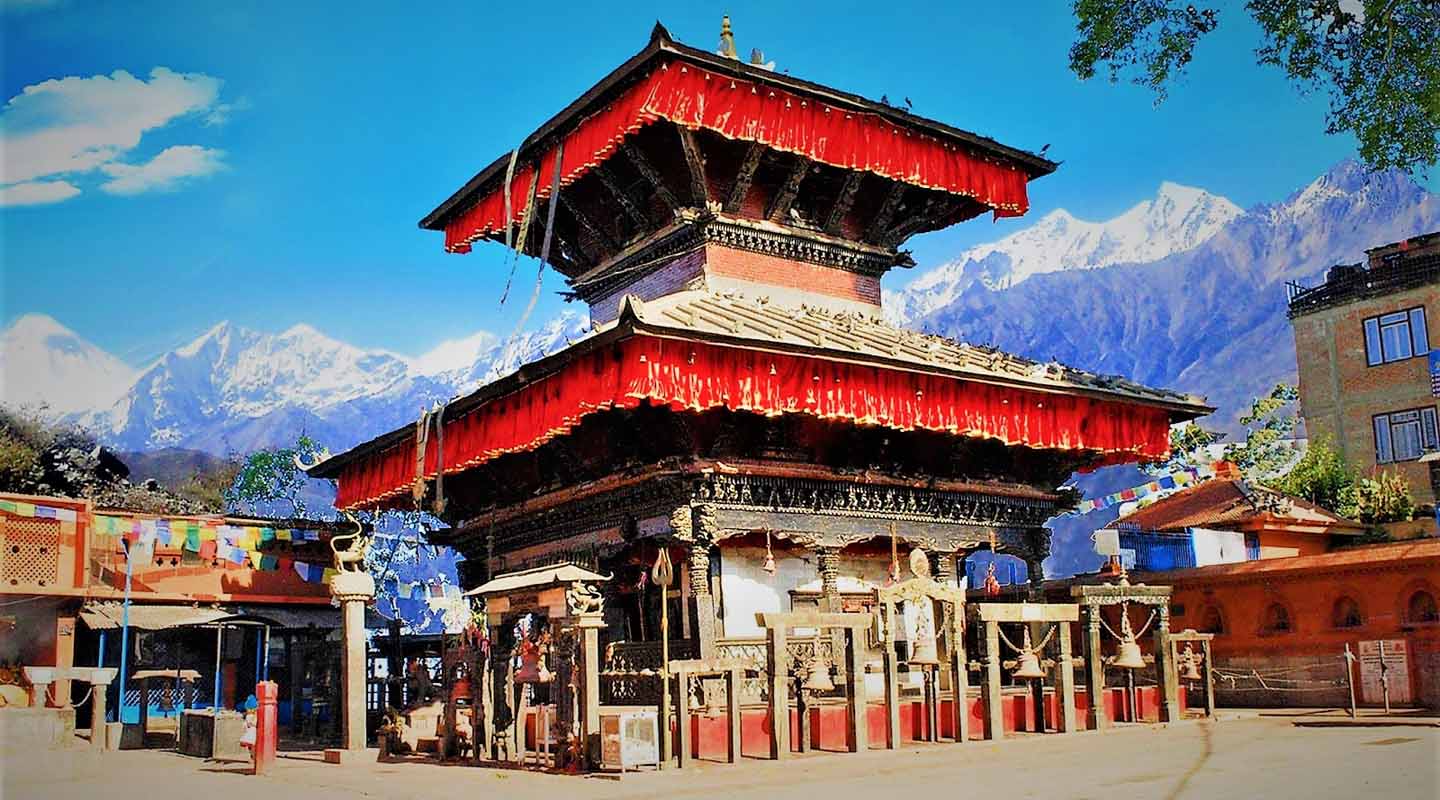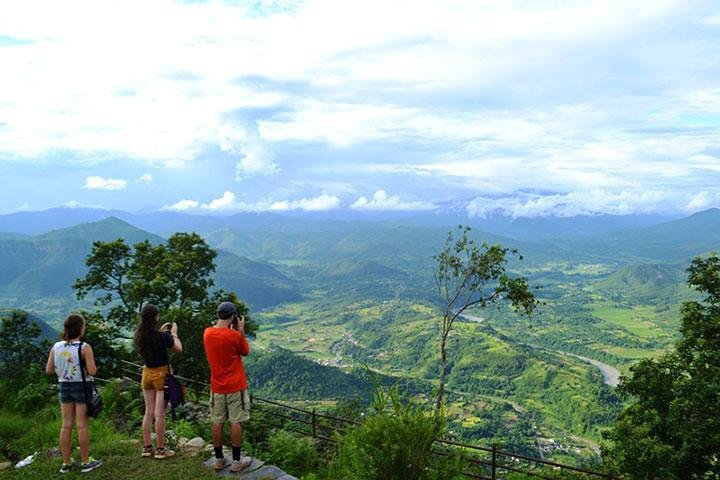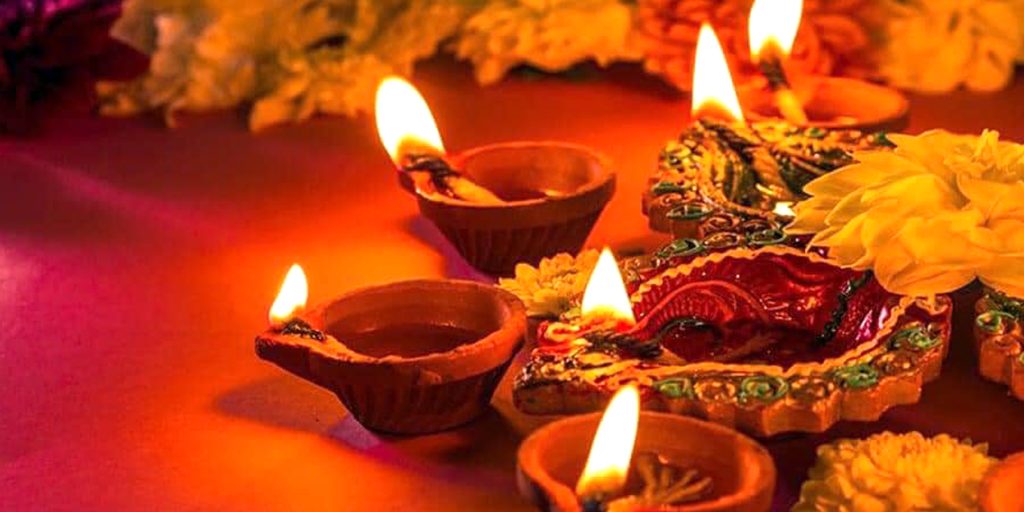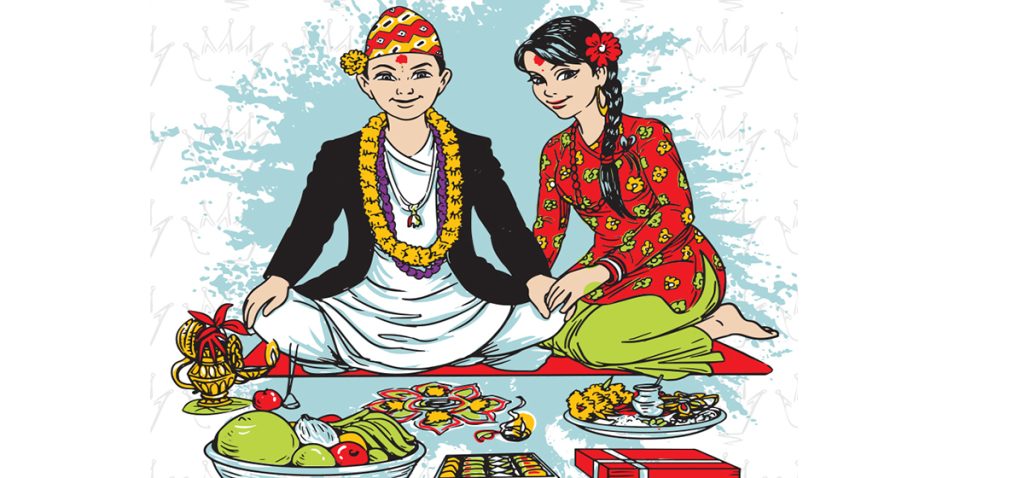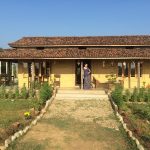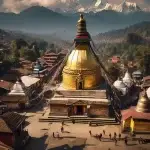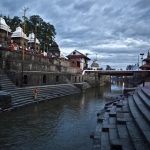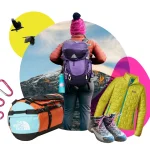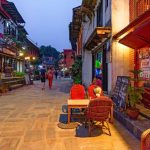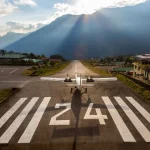Now Reading: Why the Far Western Region of Nepal Is the Most Underrated Travel Experience
-
01
Why the Far Western Region of Nepal Is the Most Underrated Travel Experience
Why the Far Western Region of Nepal Is the Most Underrated Travel Experience
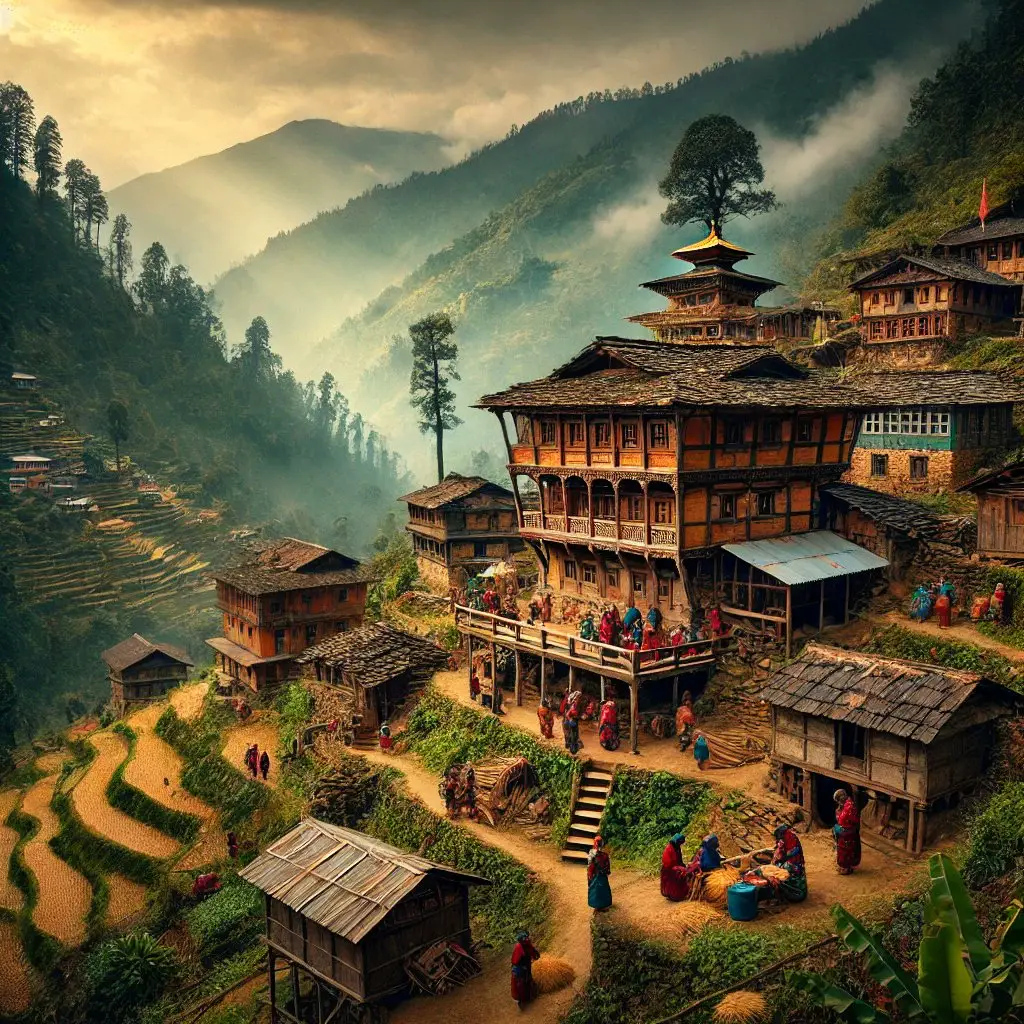
When most people think of travelling to Nepal, a few familiar names usually dominate the conversation. The Everest Base Camp. Pokhara. Annapurna Circuit. Chitwan National Park. These places, while beautiful and culturally rich, represent only a fraction of what Nepal truly offers. Tucked away in the less-explored corner of the country lies a world that remains raw, authentic, and untouched by mass tourism. Welcome to the Far Western Region of Nepal.
This area is rarely featured in travel magazines or Instagram feeds. Yet for those who dare to veer off the beaten path, it promises an unforgettable experience. From isolated highland villages and ancient Hindu temples to deep forests, alpine lakes, and snow-draped peaks, the Far West is a wild canvas painted with beauty and mystery.
Why It Remains Underrated
One of the main reasons the Far Western Region is still under the radar is its relative inaccessibility. While Nepal’s central and eastern areas are well-connected by road and domestic flights, the far west remains isolated by long, rough journeys. Infrastructure development has been slow, and internet access is limited in many villages.
But therein lies the charm. In a world that is becoming increasingly overrun by commercial tourism, the Far West offers something increasingly rare—authenticity. You will not find luxury hotels or curated experiences. Instead, you will meet people living in harmony with nature, carrying traditions that go back centuries, and welcoming visitors not as customers but as guests.
A combination of Cultures and Landscapes
Culturally, the Far Western Region is one of the most diverse in Nepal. The people here belong to several ethnic groups, including Thakuri, Brahmin, Chhetri, Dalit, and indigenous communities like the Raute and Byansi. The local dialects, customs, festivals, and religious practices provide a rich cultural landscape for visitors to learn from and engage with.
Geographically, the region stretches from the plains of the Terai to the heights of the Api and Saipal mountain ranges. In between lie subtropical forests, rolling hills, alpine meadows, and hidden glacial lakes. The biodiversity here is staggering. You might spot blue sheep, musk deer, Himalayan monals, and even snow leopards if you are extremely lucky.
Top Experiences in the Far Western Region
1. Rara Lake
Although technically part of the Midwest, Rara Lake is easily accessed from the far west and deserves a mention. This turquoise jewel is the largest lake in Nepal and sits at an altitude of nearly 3,000 meters. Surrounded by pine forests and snow-capped peaks, Rara is pure serenity. Few travellers make it here, which means you may find yourself completely alone on its banks.
2. Khaptad National Park
Khaptad is a high plateau region in the heart of the Far West. Covered with lush grasslands and forests, it is named after the saint Khaptad Baba, who meditated here for years. The park offers beautiful meadows, high-altitude herbs, and spiritual energy unlike anywhere else. With few human settlements nearby, it is an ideal escape for nature lovers and trekkers seeking solitude.
3. Api Saipal Himal
These mountain ranges are among the least explored in Nepal. Towering over the Darchula and Bajhang districts, Api and Saipal are sacred to locals and mesmerising to all who see them. Trekking here is raw and adventurous. You will cross wooden bridges, sleep in local homes, and pass through valleys where time seems to have paused decades ago.
4. Badimalika Temple and Trek
Perched high above the Bajura district, the temple of Badimalika is one of the holiest shrines in the region. The trail to reach it is a journey through thick forests, rolling hills, and open meadows that bloom with wildflowers in the monsoon season. It is an ideal trek for those looking for both a spiritual and scenic journey.
5. Ghodaghodi Lake
Located in the Terai plains, Ghodaghodi is a Ramsar-listed wetland area filled with migratory birds, freshwater turtles, and rare fish species. It is a peaceful break from the hills and mountains, giving travellers a completely different side of Nepal.
Genuine Cultural Immersion
One of the biggest rewards of travelling through the Far West is the chance to immerse yourself in real Nepali life. The region sees very few foreign tourists, which means your presence is not taken for granted. Villagers will likely invite you in for tea or a simple meal, often asking nothing in return but a smile and conversation.
Homestays are common in many villages, allowing travellers to learn local crafts, farming techniques, and even traditional cooking. This kind of travel enriches you not just with sights but with stories and human connection.
Environmental and Ethical Travel
Travelling to the Far Western Region also supports communities that are often overlooked in national development plans. Spending money locally helps empower families, fund schools, and promote eco-friendly tourism initiatives. But because the environment here is so fragile, travellers are advised to tread lightly—carry reusable bottles, pack out your waste, and respect local customs.
Suggested 10-Day Backpacker Itinerary in the Far Western Region
Day 1: Fly from Kathmandu to Dhangadhi. Overnight stay and prepare supplies.
Day 2: Bus or jeep to Dipayal or Silgadhi. Begin adjusting to altitude.
Day 3: Trek or drive toward Khaptad National Park. Camp or stay at a basic lodge.
Day 4: Explore Khaptad meadows and visit Khaptad Baba Ashram.
Day 5: Continue your trek and descend to a lower village for a homestay experience.
Day 6: Travel to Bajura and start the trail to Badimalika.
Day 7: Reach Badimalika Temple and camp in the high meadows.
Day 8: Begin return trek and head toward Martadi.
Day 9: Travel to Ghodaghodi Lake for a day of nature and birdwatching.
Day 10: Return to Dhangadhi and fly back to Kathmandu.
Budget Tip: Travel in a group to share costs for jeeps and guides. Local buses are cheap but often slow and crowded.
Final Thoughts
The Far Western Region of Nepal is not an easy destination. It demands patience, curiosity, and a sense of adventure. But in return, it offers some of the most unfiltered, powerful travel experiences in the entire Himalayan region.


